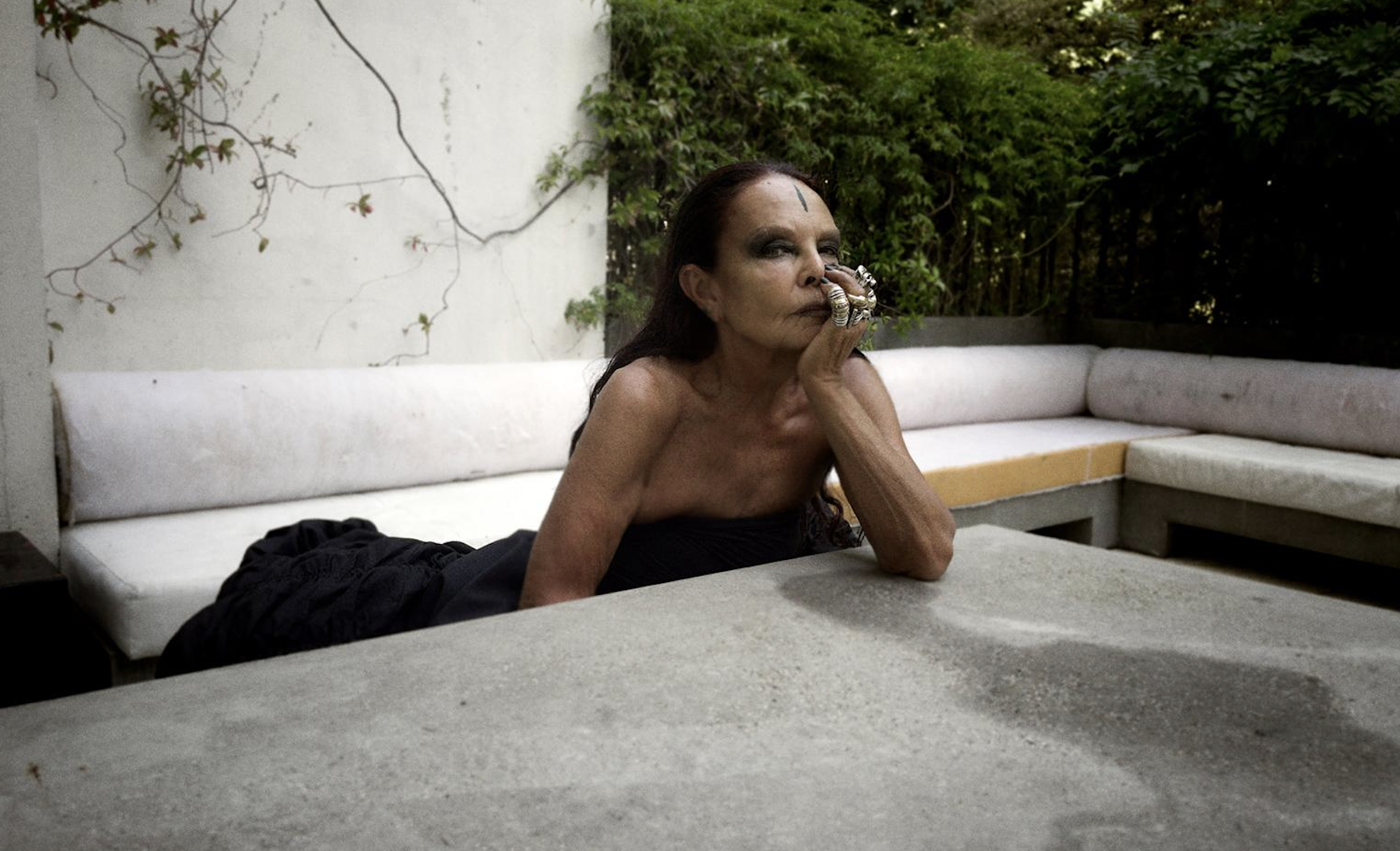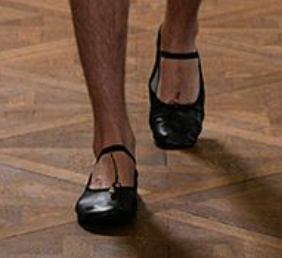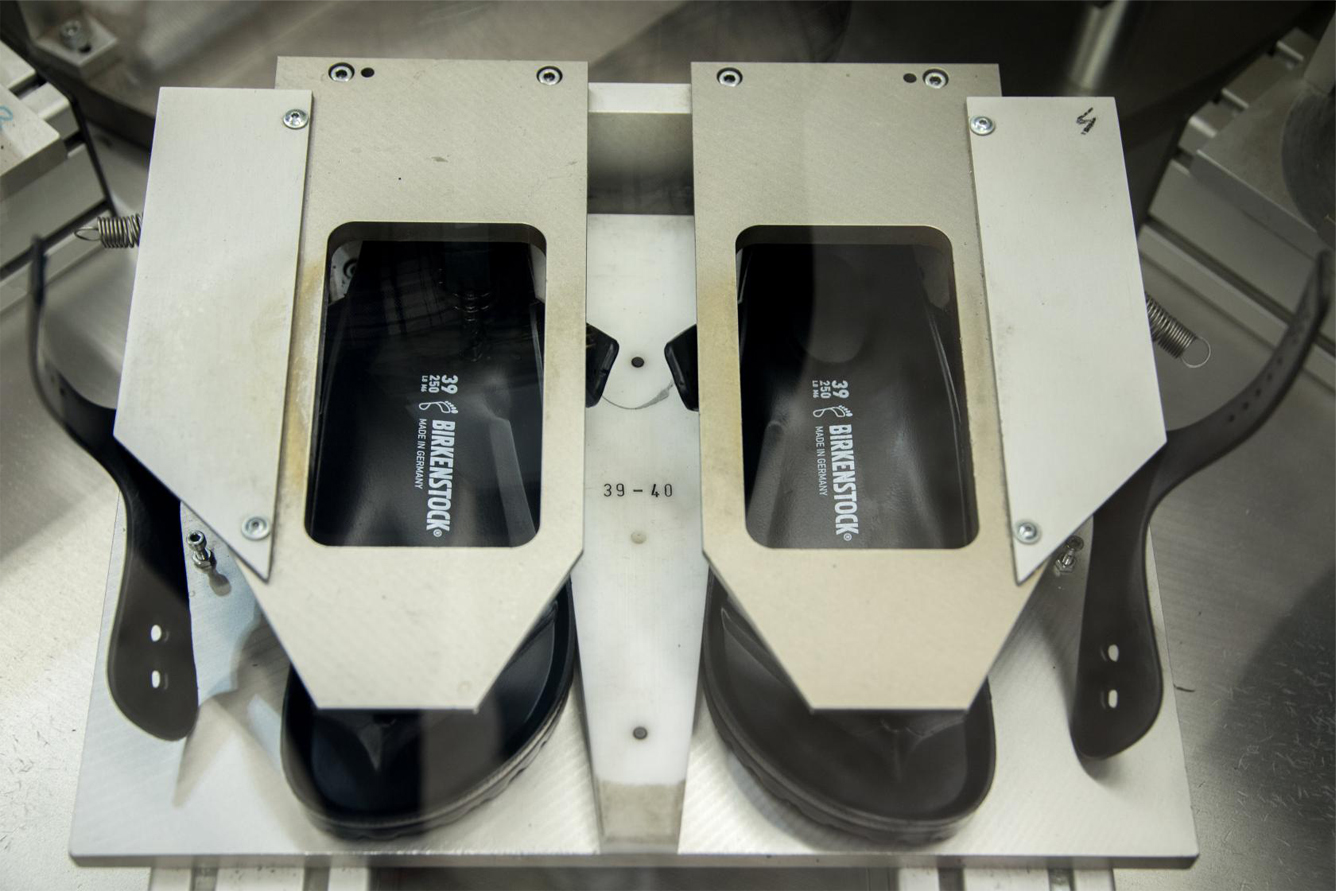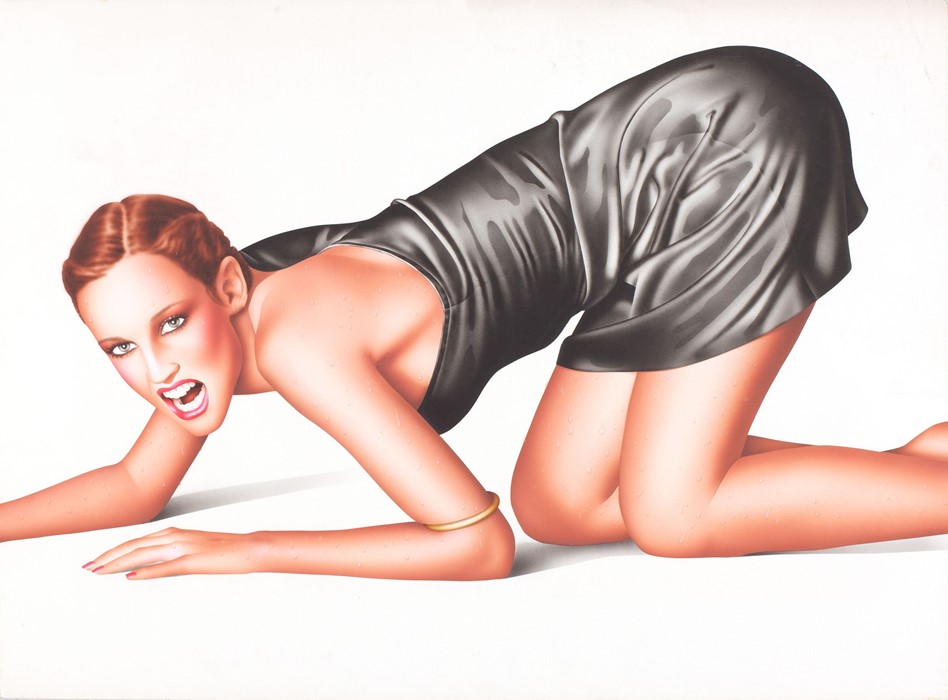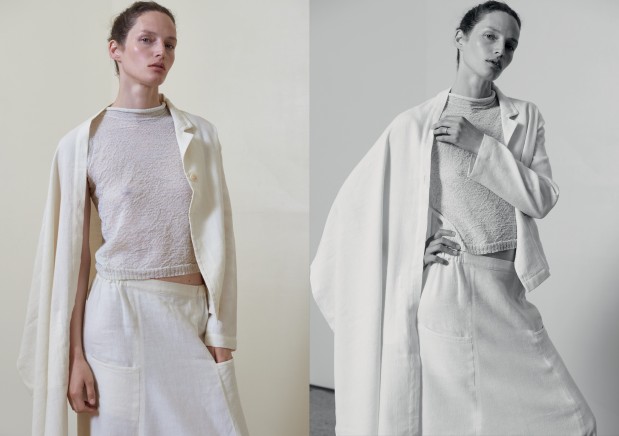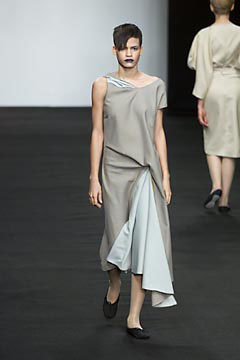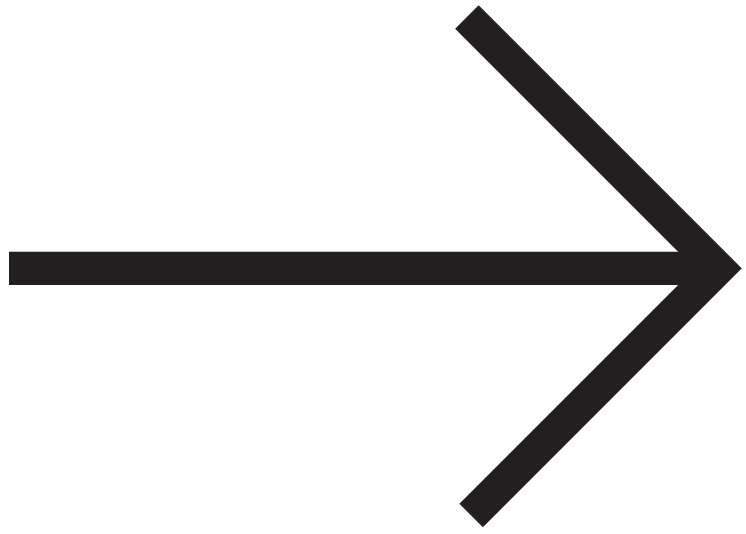June 2021
No New Clothes
︎︎︎Published in iD
A year with no new clothes
If a chubby lime green Bottega Veneta Puddle boot taps across empty streets does it exist? Does the wearer even exist? After a year of panic and pandemonium, I have been thinking about how much we miss being seen in our clothes. How much we miss being ourselves.
![]()
Since lockdown interrupted the ceremonial pomp of fashion and its numerous weeks, I have hungrily Googled pictures of André Leon Talley attending the shows. In 2010 he’s in a shaggy fur stole and zip-up cardigan, standing next to a diminutive Lee Radziwill in a neat black sheepskin coat at New York Fashion Week. A few years later he’s in full mink, claret jersey and grey Uggs striding through the icy streets, clutching a bible-sized attaché. In 2013 he is resplendent in Milan wearing velvet pants, embroidered cape and a ginormous mink Louis Vuitton monogram stole. He’s a towering inferno of glamour, pain and aspiration. ‘You can be aristocratic without having been born into an aristocratic family,’ he tells us in The Gospel According to André Leon Talley. He dresses for everyone to see. He dresses for us.
It took 10 months for me to realise what I missed most during lockdown was not my friends or my family but looking at and being around strangers. Weeks of the same familiar curated faces and voices mediated via screen dulled our ability to see outside of ourselves. To look beyond our own mirror image. ‘Fashion is essential to the world of modernity, the world of spectacle and mass-communication. It is a kind of connective tissue of our organisations,’ Elizabeth Wilson wrote in her 1985 book Adorned in Dreams. Without spectacle, we only speculate. Each of us has been in some sort of virtual waiting room where the latest clothes have no physical reality or currency. Text messages between friends have become more frantic; screenshots of shoes and links to rubber dipped earrings, ridiculous tops and embellished jeans are sent with words like ‘NEED’, ‘WANT,’ ‘FUCK!!’ Each ping of my iPhone affirms fashion’s brutal power over me.
I miss shows. I miss the tingling up my spine I would get at SACAI because the music is always so loud, you cannot help but move your body. I miss the sheer scale and elegance of Paris, best used by Rick Owens at his Palais de Tokyo shows. I have missed the stress of meeting my deadline, I have missed the eyerolls, the winks, the camaraderie shared between my peers. All the experiences that helped me to navigate the world of fashion – the scent of a room, the hardness of a chair, the weight of a paper press release.
Today I am not interested in cosiness or practicality – I want to say something with what I put on. Much has been written about comfy clothes, cashmere slippers and elasticated waists; I am wearing fitted trousers again and I enjoy how they slice my body. My shoes are pinching. I am putting three or four things together that have never been together before, mostly because I have forgotten the rules I’d set for myself. I am bored of everything hanging in my closet and on my floor. I want newness, and like the petulant, greedy, irritating Veruca Salt, I want it now.
There’s a vitality to clothes IRL. I have missed the reactions across people’s faces when I am wearing something that repulses them. There is, I think, no better compliment. Despite what we know about their impact on the planet, we crave new things to feel human. To feel relevant and vital. Why buy a pair of leather pants from Givenchy if no one is going to notice them? Looking at Cut Piece – an early performance work by Yoko Ono in which the artist sits alone on a stage dressed in a black wool suit – we face the concept of fashion as invitation. Guests are encouraged to snip at Ono’s clothes with a pair of scissors; in the surviving footage, a man happily hacks at her chest, exposing her bra. A woman slices a cuff. Ono remains motionless throughout – an image upon which we make our mark. She is dressed and then undressed for and by others.
![]()
Writing about Richard Avedon’s work for Vogue in 1978 Susan Sontag said: ‘Now, fashion is hardly at all about what people do but almost exclusively about how they appear and where they are seen. It has become something that is almost entirely visual that is, photographic. As fashion becomes pure appearance, it finds its perfect summing-up in photographs. What people understand of fashion is now mostly set by photographic images. More and more, fashion is fashion photography.’ Nothing encapsulates the anxieties of performative dressing better than the basic street style picture, a genre of fashion photography that was wiped out by the pandemic as the industry moved online. The theatre of the shows – that is the pageantry of being at them – was consecrated with the arrival of blogs like The Sartorialist and Jak & Jil in 2005. The editorial gloss they applied to the Bill Cunningham-style candid, together with the advance of the internet, wrenched the focus away from the runway. Soon the clothes that fashion editors were being paid to see mattered less and less. They became Robert and Gloria in Horace McCoy's 1935 Depression-era novel They Shoot Horse Don't They?, dragging their limbs around a virtual dancefloor as a jeering public watched. Over the last two seasons, tellingly, certain editors have shared and deleted and reshared street style photographs of themselves in memoriam for pre-Covid times – they did not post snaps of the shows they’d loved, or clothes they’d encountered, or the people and dinners and traffic jams they’d endured. Fashion is mediated by self-made images and after a year with nowhere to go, there’s a backlog of unspent ego.
Videos and pictures accessed online have no context. In these rehashed street style photos is everything the carefully crafted livestream cannot tell you – how important it is for everyone involved in the creation of fashion to be noticed. The latest handbags, coats and shoes parallel the peacock’s opulent plumage in an elaborate display of seduction. The real, physical world – and what people do in it – is vital to getting what fashion is about.
In the last decade, documentaries about the industry have insisted upon a fantasy that is as old as Dior’s New Look. The petit mains! The tantrums! The tears! The tulle! This has only made it feel more rarefied, more elite and more alien to the global audiences who tune into the livestreams and want to wear the clothes. ‘The spectacle,’ the philosopher Guy Debord wrote in the 1960s, ‘is not a collection of images, but a social relation among people, mediated by images.’ Instagram feeds accentuated the space between us and them – those usually at the show and those who have always (happily) watched at home.
There is a desire for spectacle as the new season approaches and lockdown restrictions ease. The fashions we’re now lusting after promise a return to tactility and bombast. Our relationship to our clothes will be reenergised by the cartoonishness of Daniel Roseberry’s Schiaparelli and the sexiness of Nicola Brognano’s Blumarine. The high frequency of Nicholas Ghesquière’s sci-fi softness and the 1960s space-age optimism of Maximilian Davis offer a future full of possibilities. And life lessons. Some are more edifying than wondering about giving up oversize trousers or trying to wear more print yet in these decisions is, I think, a generosity. A tacit understanding that we are not alone. That we need to be, not just feel, seen. If a giant Loewe Flamenco clutch smacks down onto a bar and no one is around to hear it, do I need it?











